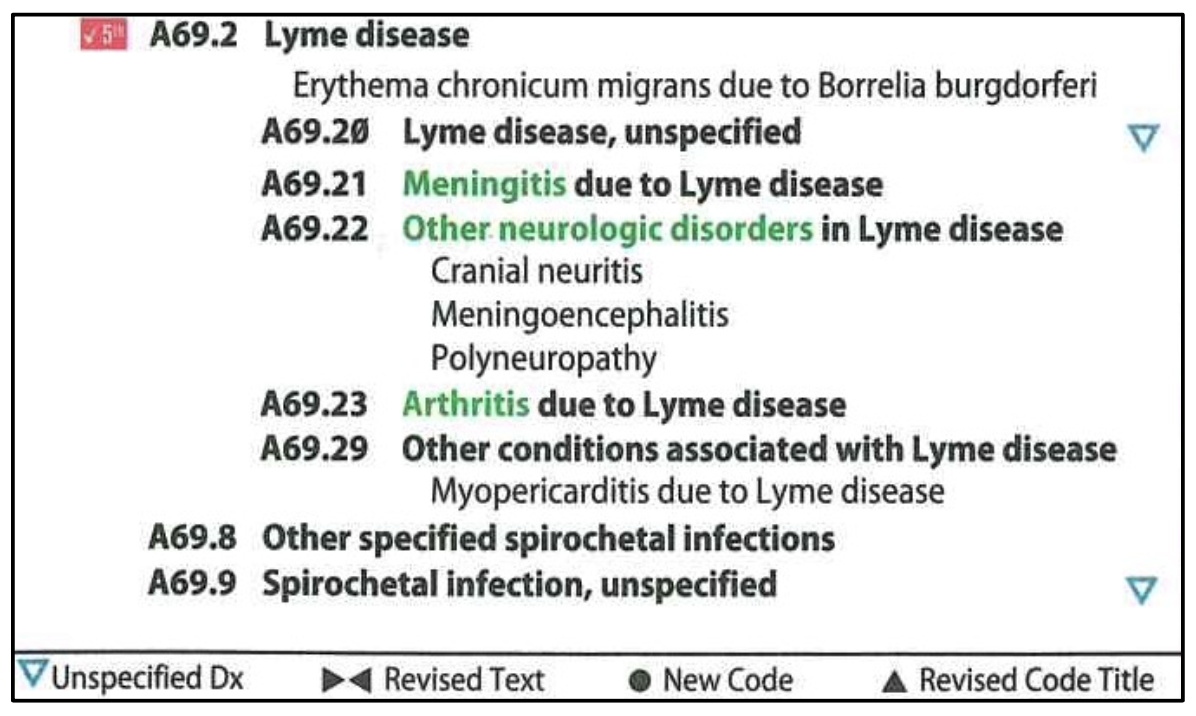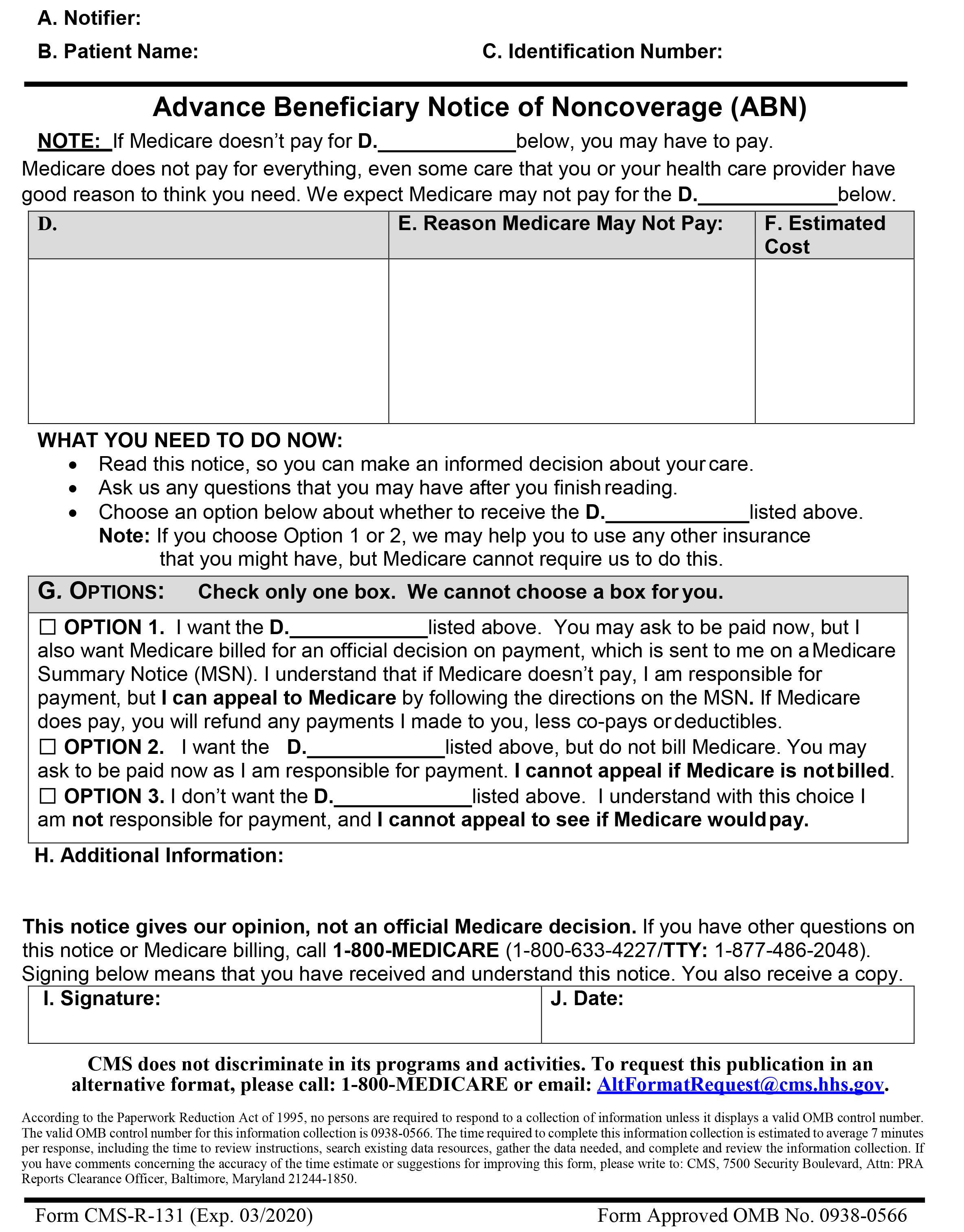By: Melanie Thelian CPC, CPC-I
Medco Consultants, Inc
CPT 96110 Developmental Screening (eg, developmental milestone survey, speech and language delay screen), with scoring and documentation, per standardized instrument, is a commonly used code in the pediatric setting. The work and time provided by the treating provider identifies the development of the growing child. Because this service is recommended by the American Academy of Pediatrics (AAP) in providing quality preventive medicine, many physicians and/or other qualified healthcare professionals are oftentimes confused on how to document the service.
With an increasing number of commercial insurance carrier audits, requesting refunds for insufficient documentation of CPT 96110, it is important to document the full description of the code. The description of the code includes “instruments and scoring”. However, to date there is no official standardized instrument nationally recognized.
Follow these documentation requirements when providing the screening to avoid potential overpayment requests:
- Q&A on age appropriate growing an development (I.e Ages and Stages; Mchat)
- Scoring by the physicians and/or other qualified healthcare professionals
- A brief interpretation by the treating provider
- The treating provider should sign and date the instrument utilized and scan/ save in the patient’s file/chart.
Sources:
American Medical Association Current Procedural Terminology Manual (CPT) 2017
CPT Changes, 2008, Preventive Medicine Services Counseling Risk Factor Reduction and Behavior Change Intervention










